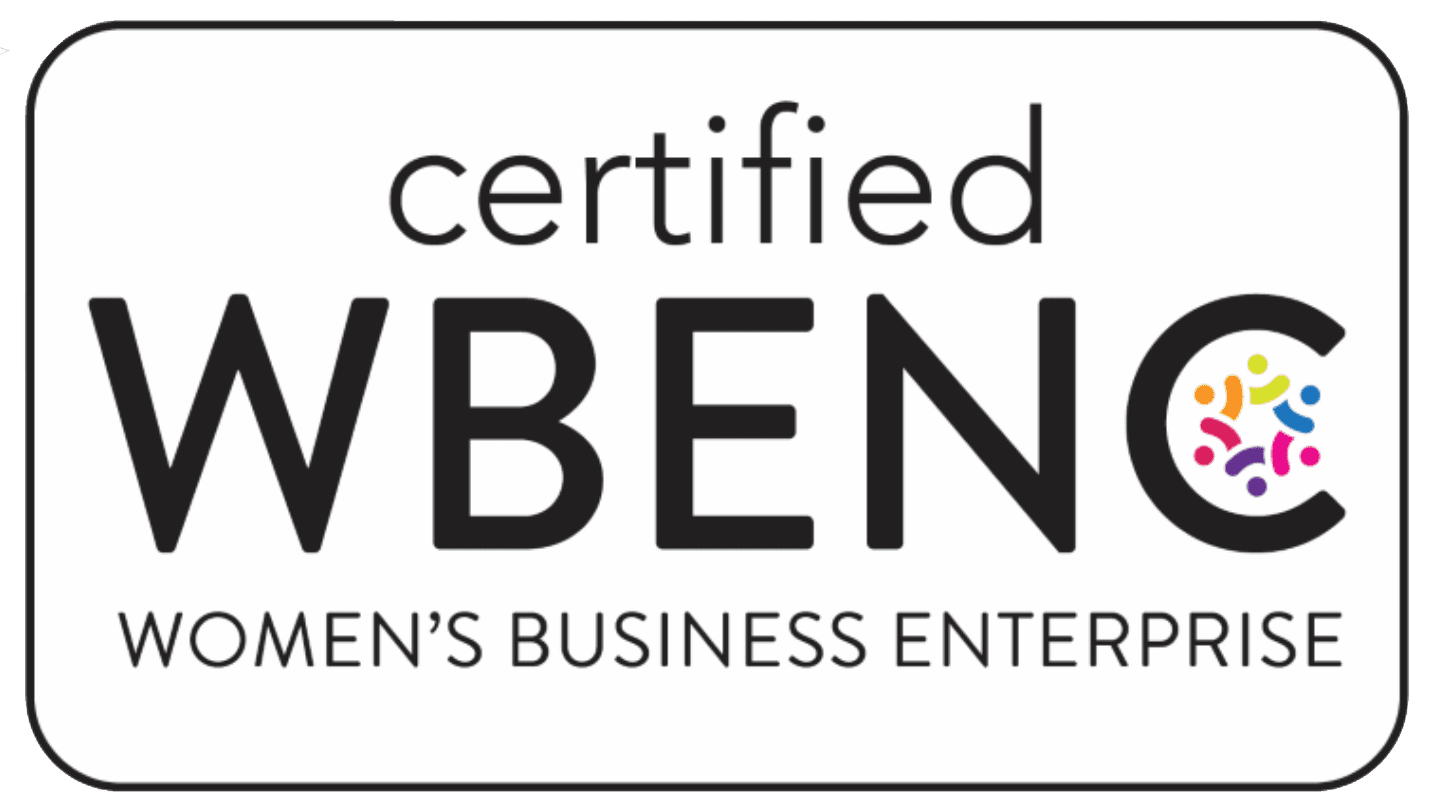
It’s an exciting time to be in Safety and Injury Prevention. The emerging technology is going to make our jobs easier and more effective - once they get implemented.
And therein lies the rub.
We’re all fascinated with and enthusiastic about computer vision, wearable sensors, virtual reality, exoskeletons, and the like. But given your current responsibilities, how do you make time to learn and implement the new technology?
At ErgoScience, we refer to our safety colleagues as “EEAOs” (Everything, Everywhere, All at Once). Safety professionals are tasked with ensuring compliance with safety rules and regulations, implementing training, accident investigation, and follow-up, and staying current with any regulation changes. All of those responsibilities often equal more than a full-time job.
It takes time to learn and implement new technology, even if it’s user-friendly. And after implementation comes the question: “So what?” What is your organization going to do with the new information/data? New technology and the resulting data are of no real use unless they spark change within your organization.
So, what can you do to get the ball rolling with new technology?
In the case of computer vision technology, they may be able to conduct the first few analyses so that you have some examples for reference. They can provide a template for your summary reports. In the case of wearable sensors, they can help you build a meaningful dashboard and suggest metrics to track that address your specific issues.
Certainly, you’ll pay for those services. But what’s the lost opportunity cost to your organization if you don’t fully implement the technology or don’t implement it effectively? What’s the cost to your reputation if you don’t have the bandwidth to follow through?
According to a recent survey that ErgoScience conducted with regard to the implementation of technology, the bandwidth to implement was the second most cited reason (behind price) not to implement technology.
Maybe it’s better to put the technology in the hands of fewer people, get some external guidance and assistance for implementation among the selected associates, and establish a team of internal “experts” and champions before you roll the technology out company wide. During the pilot, you’ll learn things specific to the application of the technology to your organization that will make it easier for a large cohort of folks to learn.
The world of technology is rolling along – sometimes at a breakneck speed - and those who embrace it will be the leaders in their organizations and in their industries. Don’t let bandwidth hold you back.
And if you need an expert to guide you through the process, contact us to start a conversation.
Source: 5 Emerging Technologies in Ergonomics and Why They Matter (assp.org)

ErgoScience makes the workplace better by applying evidence-based injury prevention through proven, defensible methodologies.


Proudly built by Adam Black Media Copyright © All rights reserved.
Our goal is to help people in the best way possible. this is a basic principle in every case and cause for success. contact us today for a free consultation.